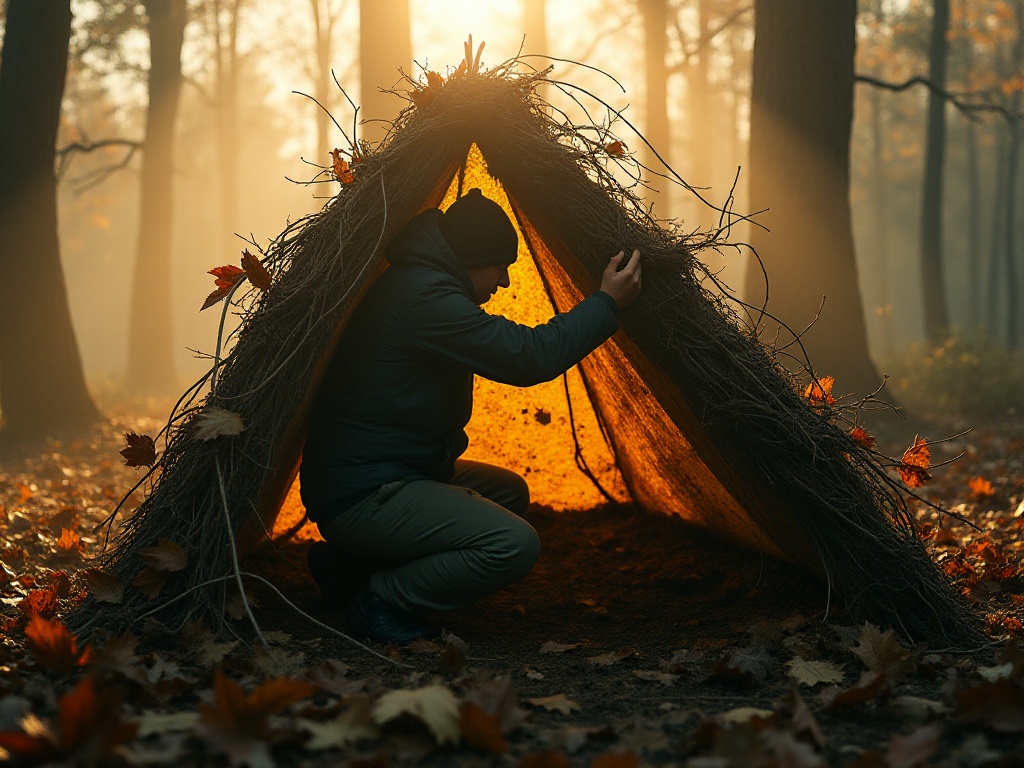Getting Straight to the Point
It was really heartbreaking! I remember last time when I went hiking with friends, we thought it would just be a relaxing day trip, but then the weather suddenly turned bad and it started pouring. We were completely soaked, our phones got water damage and shut down, and we couldn't even call a cab. Even worse was the time we went camping with roommates, only to discover a broken tent pole after setting up - how embarrassing! We had to make do in the wilderness for the whole night.
These unfortunate incidents were both frustrating and funny, but going through them taught me one thing: you can't be careless with outdoor gear. Today I'll share my years of experience about how to prepare a reliable set of outdoor equipment.
Core Equipment
When it comes to outdoor gear, many people's first reaction is: "Do I need to buy a lot of high-tech products?" "Should I bring a drone for photos?" Actually, it's not that complicated - the most basic and important things are often the most ordinary items.
First, I highly recommend a roll of regular tape. Don't laugh - it's truly magical! Once when camping with friends, we discovered a large tear in the tent from a tree branch before bedtime. If I hadn't brought tape, we probably would have been eaten alive by mosquitoes that night. Tape has many uses - not just for repairing equipment, but it can even serve as a bandage in emergencies. Once when a teammate accidentally twisted their ankle, we used tape with trekking poles to make a simple splint, which allowed us to safely descend the mountain.
Speaking of waterproofing, I've learned many lessons the hard way. Now I always keep a large garbage bag in my backpack. I vividly remember hiking in Sichuan last summer when suddenly there was a downpour, with water seeping through the backpack seams. Fortunately, I had already wrapped important equipment like cameras and phones in waterproof bags, otherwise I would have been crying on the mountain. Later I found that many experienced hikers carry two or three waterproof bags of different sizes - it's better to be safe than sorry.
Let's talk about knives - they're essential tools for outdoor activities. I remember being completely oversold on my first outdoor knife purchase. The seller recommended a Swiss Army knife claiming to have over twenty functions, and it was incredibly expensive. After using it a few times, I realized I only needed a few basic functions: cutting rope, whittling wood, and preparing food. Now I recommend beginners start with a basic multi-tool and consider upgrading only when they really need special functions.
By the way, knife maintenance is super important. Clean it after each use and apply oil appropriately, otherwise it will easily rust. My favorite outdoor knife got all rusty because I didn't clean it properly after one camping trip - it broke my heart.
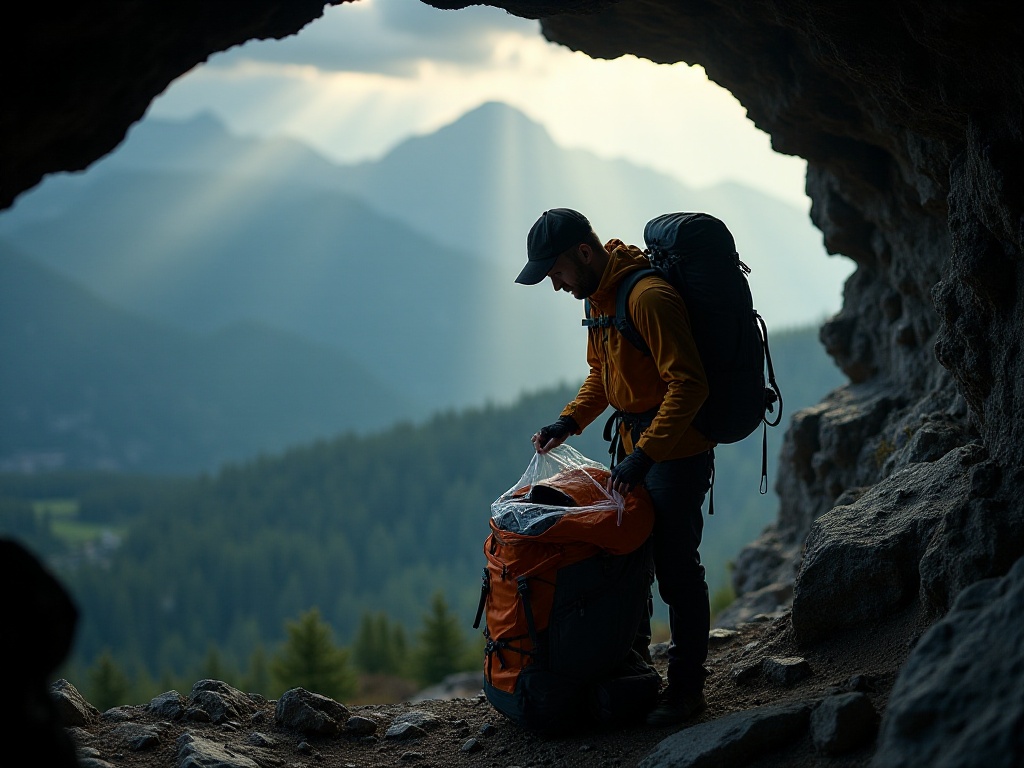
Emergency Supplies
When it comes to emergency supplies, food and water are obviously the most important. But choosing the right food requires wisdom. I made a big mistake the first time I packed outdoor food: I brought lots of fresh fruit. After walking a short while with the heavy backpack, I regretted it so much I wanted to throw all the fruit away.
Later I learned that energy density is the most important factor for outdoor food. For example, chocolate energy bars may look small, but they're packed with energy. A 50-gram energy bar provides 200 calories - equivalent to two apples but only one-sixth of their weight. Now I mainly bring high energy density foods like energy bars, nuts, and compressed biscuits.
The topic of drinking water is even bigger. Once in the mountains, six of us ran out of water with several hours still to go before reaching camp. Thankfully I had brought a portable water filter, so we could filter water from a stream - that saved us from dehydration. Since then, I've made it a rule: whether for short or long trips, I must bring both a water filter and purification tablets. I also check water source points along the route in advance, so if we really run out of water, we know where to refill.
Speaking of water filters, there are many types on the market. The most practical one I've used is the hand-pump style - though not super fast, it's portable and reliable. I usually prepare two types of purification tablets: quick-acting ones that work in 15-30 minutes, and slow-release ones that take 4 hours but ensure safer water quality.
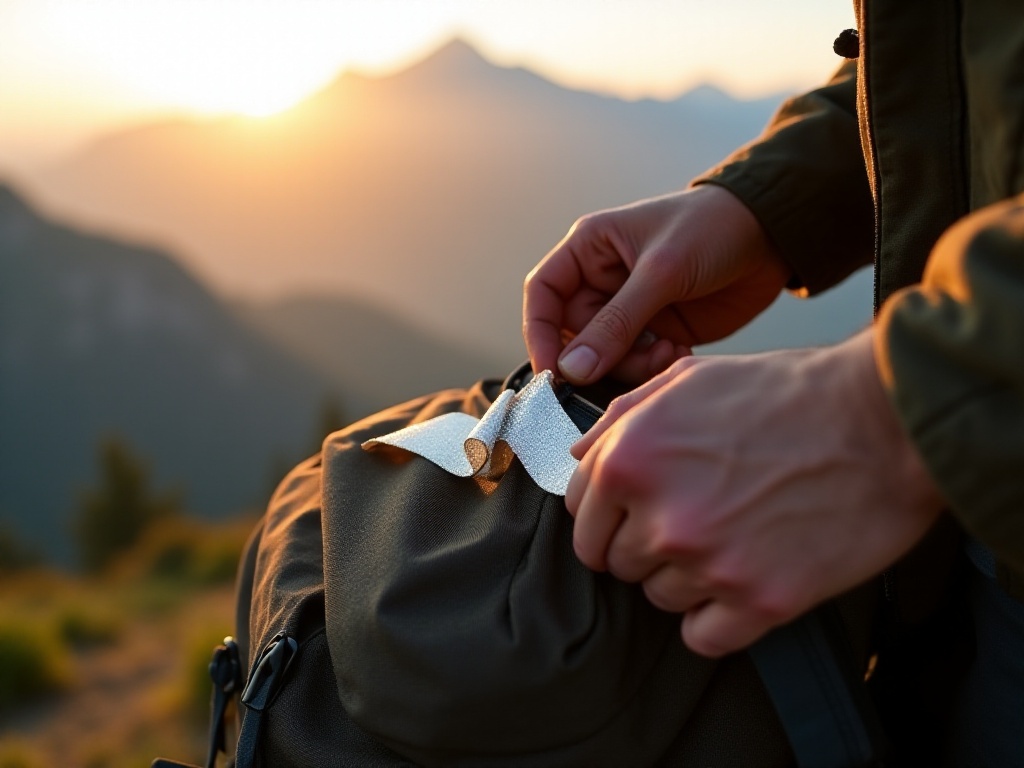
Knowledge Reserve
Good equipment alone isn't enough - without proper knowledge, you're like "begging with a golden bowl." I've seen too many people carrying thousands of dollars worth of gear who can't even do basic first aid bandaging and can only panic when problems arise.
First aid knowledge is essential to master. You don't need to become a professional doctor, but you should know how to handle common issues like sprains, cuts, and heat exhaustion. I once encountered a situation where a teammate got stung by a bee, but no one knew how to handle it - we had to rush down the mountain to the hospital.
Identifying poisonous plants is also crucial. This reminds me of a particularly unfortunate story. A friend went camping and saw a tree with very straight branches, which he casually used for barbecuing. It turned out to be a toxic tree! He spent the whole night vomiting, which scared us all. Since then, I've seriously studied local poisonous plants and can now identify at least a dozen common ones.
Terrain recognition and weather prediction skills are also key. I often see people completely lose their sense of direction in the mountains, looking at maps like they're reading hieroglyphics. Actually, if you master some basic topographic map reading methods and use a compass, the chances of getting lost are greatly reduced. As for weather prediction, the basics are checking the forecast before departure and learning to observe changes in the sky. Cloud formations and wind direction changes are important weather signals.
Most importantly: always let family or friends know your specific itinerary! This lesson has been learned through countless tragic experiences. I've seen several news stories where people encountered dangers outdoors, but because no one knew where they went, they were found too late for optimal rescue. Now before every trip, I send my detailed itinerary to family, including route maps, estimated arrival times, and contact information for my companions.
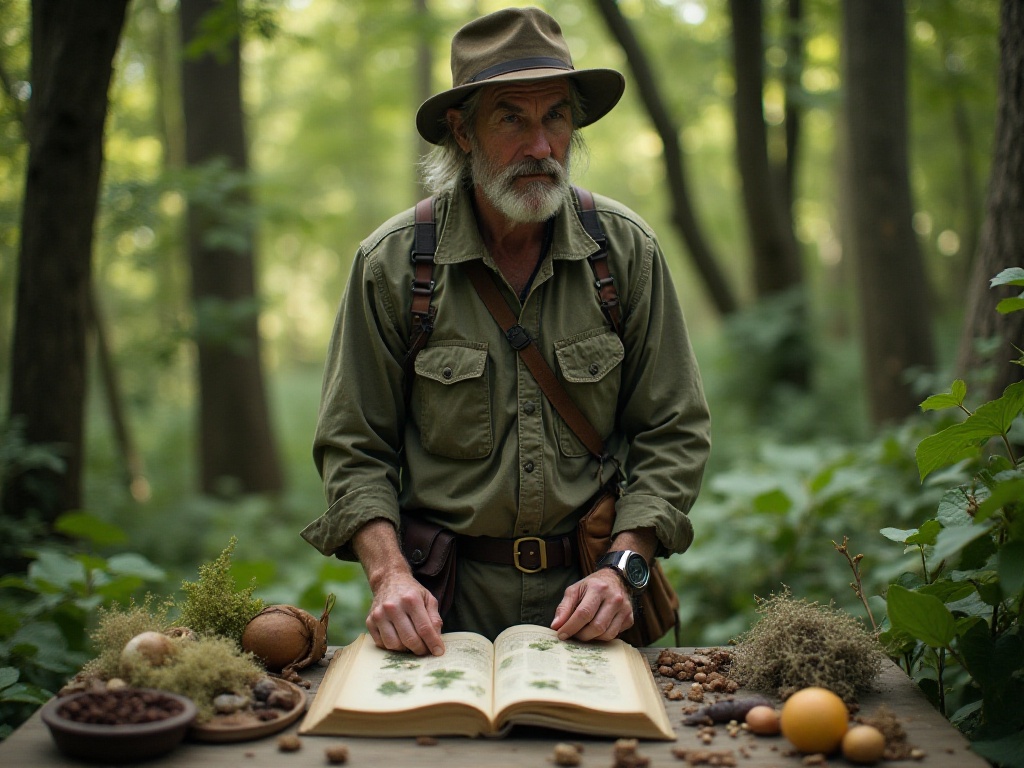
Practical Advice
Through years of outdoor experience, I've gathered many useful tips to share with everyone.
First, let's talk about equipment storage and usage tips. Tape is very practical, but it can be hard to find when stored separately, so I wrap it around my water bottle. This saves space and makes it convenient to use. For fire-starting tools, I now prepare at least two types, like waterproof matches and a lighter. I've experienced situations where a wet lighter wouldn't work, so having backup is reassuring.
Important items need proper storage. Never keep all important things in one place. I divide cash into several portions in different pockets, and keep my phone and power bank separate. This way, even if you lose one bag, it won't be too devastating.
Waterproofing equipment is important, but not everything needs individual waterproof bags. My approach is to seal particularly water-sensitive items like electronics, documents, and maps in waterproof bags. Other items can be covered together with a large garbage bag. This ensures safety without being too troublesome.
Regarding food, I now prepare a "three-layer defense": The first layer is easily accessible energy bars and chocolate for quick energy; the second layer is compressed biscuits and jerky for meals, providing sustained energy; the third layer is emergency food, usually long-shelf-life compressed biscuits, kept for unexpected situations.
Drinking water replenishment also requires technique. Besides carrying enough water, I pay special attention to hydration timing. Don't wait until you're thirsty to drink - that's already too late. My habit is to drink some water every hour to maintain body fluid balance. In highland areas, the frequency needs to be even higher.
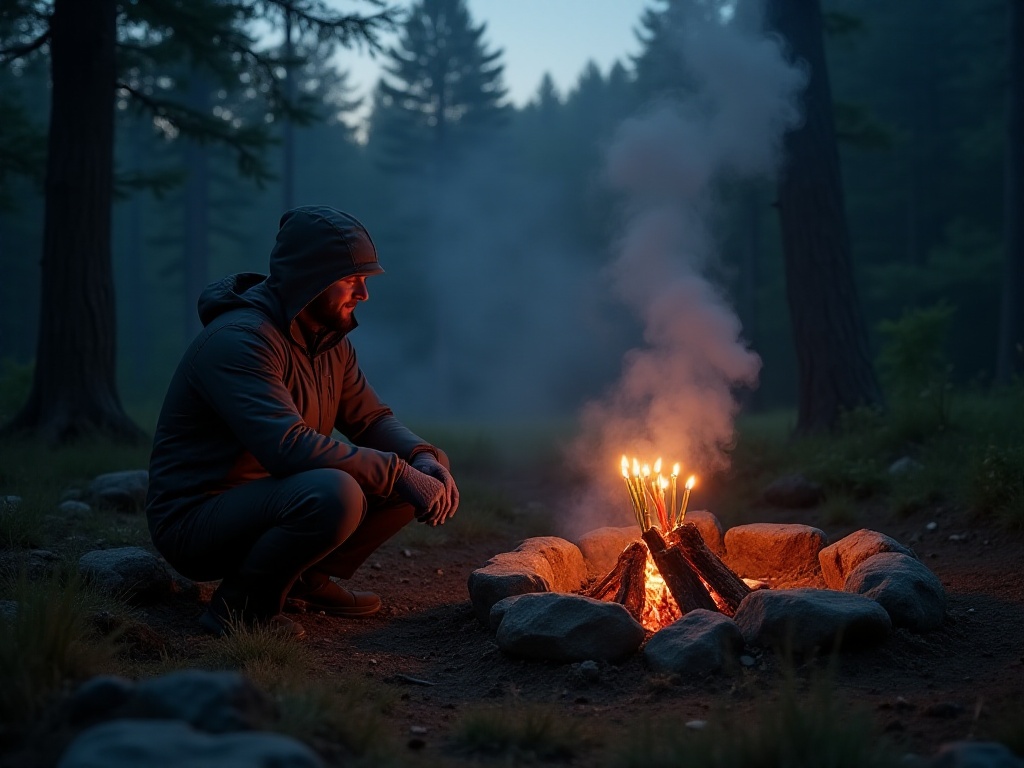
Final Words
After saying all this, the most important thing is still to prepare equipment according to your actual situation. The same equipment list might be suitable for experienced veterans but too complex for beginners. I suggest starting with the most basic equipment and gradually upgrading and improving as you gain experience.
Like my current equipment, it's the result of countless adjustments and improvements. Each trip might reveal new problems or better solutions. This process can be tough, but it's these experiences that make us more professional and mature.
Remember, outdoors, reliable equipment might be your last line of defense against danger. Rather than regret during dangerous situations, it's better to put more thought into preparation. If you're interested in specific equipment, feel free to discuss - we might learn new experiences from each other!
Related articles




